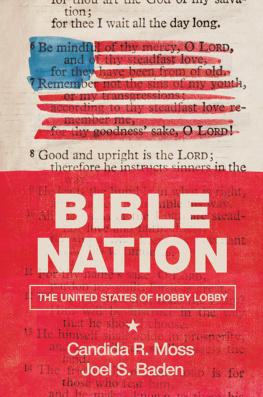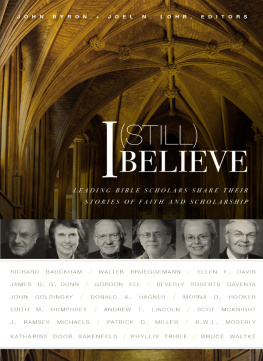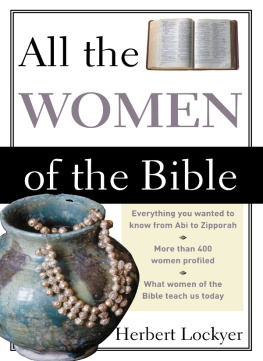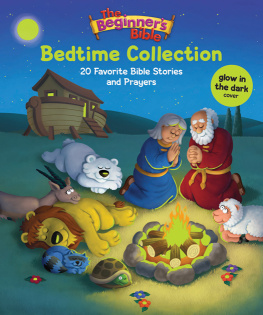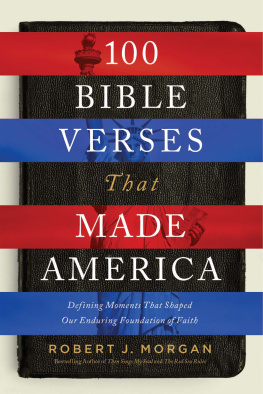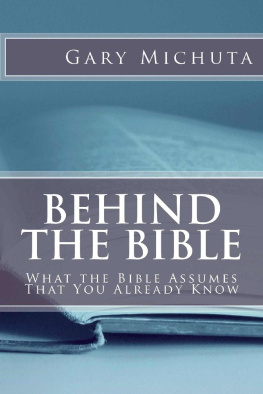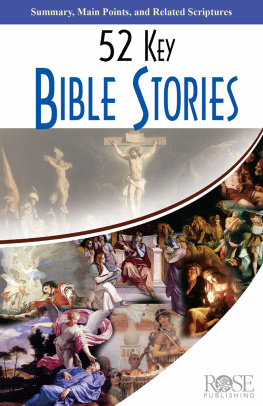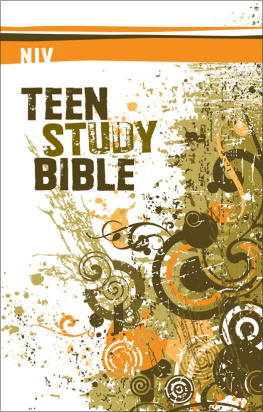
BIBLE
NATION

BIBLE
NATION
THE UNITED STATES OF HOBBY LOBBY

Candida R. Moss and Joel S. Baden
PRINCETON UNIVERSITY PRESS
PRINCETON AND OXFORD
Copyright 2017 by Candida R. Moss and Joel S. Baden
Requests for permission to reproduce material from this work should be sent to
Permissions, Princeton University Press
Published by Princeton University Press,
41 William Street, Princeton, New Jersey 08540
In the United Kingdom: Princeton University Press,
6 Oxford Street, Woodstock, Oxfordshire OX20 1TR
press.princeton.edu
Jacket design by Faceout Studio, Jeff Miller; jacket art courtesy of Shutterstock
All Rights Reserved
ISBN 978-0-691-17735-9
Names: Moss, Candida R., author. | Baden, Joel S., 1977author.
Title: Bible nation : the United States of Hobby Lobby / Candida R. Moss and Joel S. Baden.
Description: hardcover [edition]. | Princeton, NJ : Princeton University Press, 2017. | Includes bibliographical references and index.
Identifiers: LCCN 2017014809 | ISBN 9780691177359 (hardcover : alk. paper)
Subjects: LCSH: United StatesChurch history21st century. | EvangelicalismUnited States. | Christianity and cultureUnited States. Green family. | ChristianityInfluence. | Museum of the Bible. | Hobby Lobby (Firm)
Classification: LCC BR526 .M675 2017 | DDC 261.70973/09051dc23 LC record available at https://lccn.loc.gov/2017014809
British Library Cataloging-in-Publication Data is available
This book has been composed in Sabon and Helvetica Neue
Printed on acid-free paper.
Printed in the United States of America
10 9 8 7 6 5 4 3 2 1
CONTENTS

PREFACE

THIS BOOK BEGAN WITH A SINGLE CONVERSATION: AN INNOCUOUS catch-up chat with a friend from graduate school, the eminent New Testament scholar Brent Nongbri, in a conference center lobby four years ago. It was supposed to be the usual old friends reuniting and updating one another on their lives. But when he mentioned in passing that the Green family, better known as the owners of Hobby Lobby, were collecting biblical manuscripts, the nature of the conversation changed. Tell me about that, I said, as I removed my laptop from its case. This is the first time a friend has taken notes during a social chat, he joked. And this was how we first learned about the Greens of Oklahoma City.
At the time, we had no idea how expansive the influence of the Green family was; our interest was piqued entirely by the sheer peculiarity of it all. This was in 2013, before plans for the Museum of the Bible in Washington, D.C., were widely known, before the Greens lawsuit against the U.S. Department of Health and Human Services took over our national stage via the Supreme Court, before their Bible curriculum chartered a course through the Oklahoma education system, and before a significant number of biblical scholarsour colleagues and, in some cases, our friendssigned up to work privately on the artifacts acquired by the Green family. The collection had been quietly gathering momentum for a few years, but the wheels of the Museum of the Bible organization were only just beginning to turn.
Initially, we were merely curious: why would a crafting family be interested in these artifacts? What would their collection mean for the academy in general? Our curiosity turned to concern when a number of papyrologists (specialists in ancient manuscripts), most prominently Roberta Mazza, began to voice concerns about the origins of the artifacts in the Green Collection and the qualifications of those handling them. Now we wondered if this prominent and secretive collection was properly documented or if it contained illicit artifacts that should never have been brought into the country. We remain, however, interested primarily in why these initiatives appeal to the Greens at allin how their understanding of the Bible influences their decisions, and in the worldview that stands behind that understanding.
Our intent is to tell, with as much empathy and fairness as we can, the story of the Green familys efforts to use the Bible to shape the religious climate of the United States. Over the course of the last decade, the Green family have quietly become one of the most significant and powerful religious forces in this country. They have, as we will show, ambitions reach to a global audience. The lawsuit for which they are so well known, and which we barely graze in this book, is to our minds no more important than their work to shape the religious consciousness of Americans, and arguably the world, through various Bible-related initiatives.
The purpose of this book is not merely to describe what they have done and plan to do, or even to survey the manifold problems with those initiatives, but also to explain the beliefsreligious and otherwisethat inform their actions and the principles that guide them. This book is about the Greens, but it is also about a set of American values, in which success in business is viewed as a qualification for success in any area of life; in which the United States is first and foremost a Christian country and religious freedom is the magnanimous gesture of that powerful majority; and in which individualism and property rights trump free access to and public ownership of knowledge and learning.
This bookwhich covers the global antiquities market, efforts to place an apologetic view of the Bible in public schools, the construction of the worlds largest Bible museum, and the privatization of the academywould not have been so engaging for us were it not for the personal charisma and sincerity of the Green family themselves. This story is more complicated and nuanced than a fiction-worthy conspiracy theory. It is precisely because we respect and admire their sincerity that we found their story so compelling. This is a book about the power and influence of one billionaire Christian family and the cultural commitments that have made them so powerful, but it should not be understood as an effort to discredit their motivations.
The past four years have taken us on a journey of discovery: we have learned a great deal about antiquities-collecting; the tax codes governing charitable organizations; evangelical subculture; a variety of laws, governing religious freedom, education, and customs; and, most of all, human nature. This journey would not have been possible without the generosity and assistance of hundreds of colleagues, professionals, and interested parties who gave freely of their time and learning and some of whose names are listed below. Among them are a number of members of the Green family, as well as administrators and employees of the Museum of the Bible. We remain grateful for their willingness to meet or correspond with us.
Particular thanks are due to Lance Allred, Christian Askeland, Roger Bagnall, Paul Baylor, Lee Biondi, Douglas Boin, Sarah Bond, Neil Brodie, Scott Carroll, Mark Chancey, Randall Chesnutt, Ray Clemens, Tasha Dobbin-Bennett, Eugene Donadoni, Ellen Doon, Josephine Dru, Robert Duke, Craig Evans, Michelle Farmer, Jeffrey Fish, John Fitzgerald, Brad Gregory, Michael Holmes, Michael Johnson, Brice Jones, John Kutsko, Karl Kutz, Steven Green, Ron Hendel, Hugh Houghton, Jennifer Larsen, Roberta Mazza, Christoph Markschies, Mark McKenna, Lauren Green McAfee, Michael McAfee, Suzanne Mekking, William Noah, Brent Nongbri, Jerry Pattengale, Edouard Planche, Rebecca Raphael, Harley Roberts, Melanie Ross, Caroline Schroeder, Marcel Sigrist, W. Andrew Smith, Cary Summers, Emanuel Tov, David Trobisch, Dan Wallace, Peter Williams, and Lisa Wolfe.
Next page
